15 Kinds Of People Who Should Never Go On A Cruise
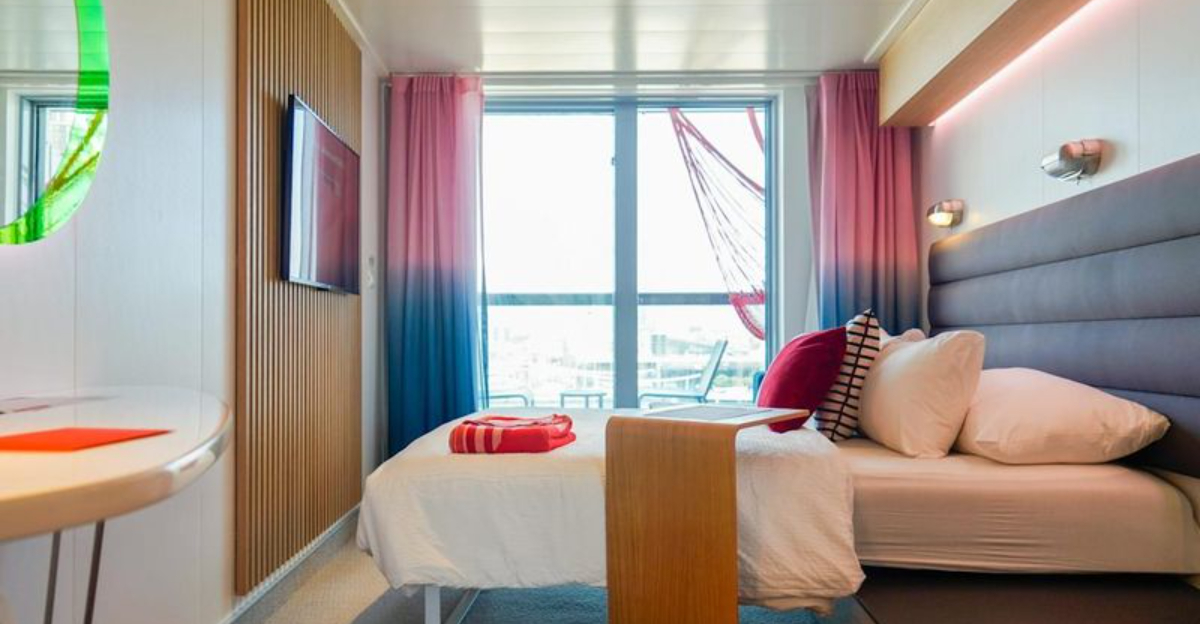
Ever feel like cruises are hyped up a little too much? Sure, they come with all-you-can-eat buffets, Broadway-style shows, and the chance to wake up in a new destination each day.
But let’s be real—cruising isn’t everyone’s cup of sea salt. If the thought of crowds, tight quarters, or being “trapped” at sea makes you anxious, you might want to steer your vacation ship in a different direction.
I’ve rounded up a list of traveler types who should probably skip the cruise life altogether—and yes, I learned a few of these the hard way. Curious if you’re one of them? Let’s dive in (no life jacket required).
1. Severe Motion Sickness Sufferers

Even the largest cruise ships rock and sway on the open ocean. If you get queasy just riding in the backseat of a car, imagine being trapped on a moving vessel for days! Medication helps some people, but severe sufferers might spend their entire vacation feeling green and miserable.
The ship’s constant movement becomes inescapable when rough seas hit. You can’t simply pull over and get some fresh air when you’re miles from land.
Those prone to severe motion sickness often end up confined to their cabins, missing out on activities and ports while battling nausea.
2. Extreme Claustrophobics
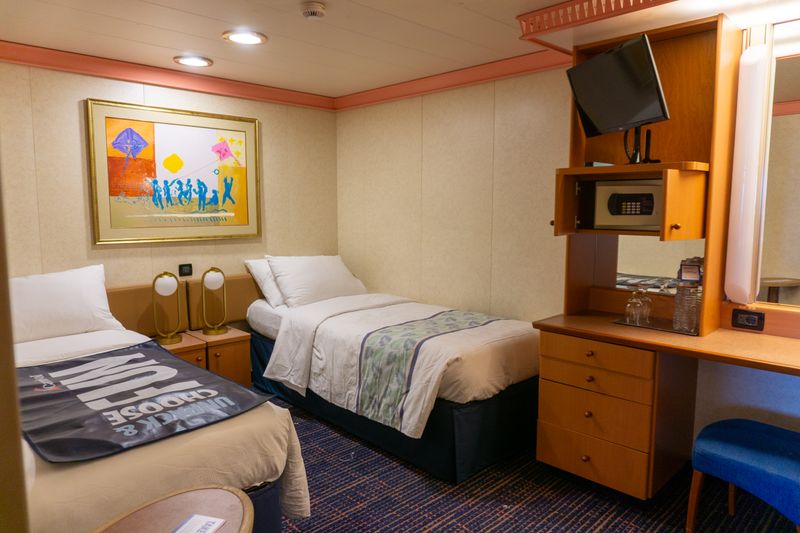
Cruise ship cabins are notoriously compact, with interior rooms lacking windows entirely. Someone with claustrophobia might feel trapped in these tight quarters, especially when trying to sleep or shower in bathrooms barely bigger than phone booths.
Beyond the cabin, ships can feel crowded during peak times. Imagine thousands of passengers cramming into elevators, narrow hallways, and busy dining rooms. When weather forces everyone indoors, the walls seem to close in even more.
Even balcony cabins might not provide enough relief for those with serious spatial anxiety. The feeling of being unable to escape can trigger panic attacks.
3. People Who Hate Crowds
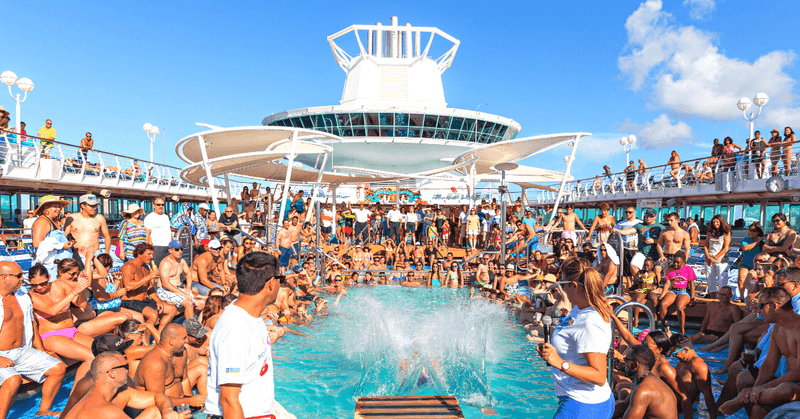
Modern cruise ships carry thousands of passengers – sometimes over 6,000! If standing in line makes your blood boil or you cringe at the thought of packed pools and busy buffets, cruising might be your worst nightmare.
Those peaceful ocean views? Often shared with hundreds of others fighting for the best spots at the railing. Want to enjoy the pool? Good luck finding an empty lounger after 8 AM. Even specialty restaurants require reservations made days in advance.
During embarkation, disembarkation, and port days, you’ll find yourself in massive queues. Elevators become battlegrounds during peak times, with waits stretching to 15 minutes or more.
4. Budget-Conscious Travelers
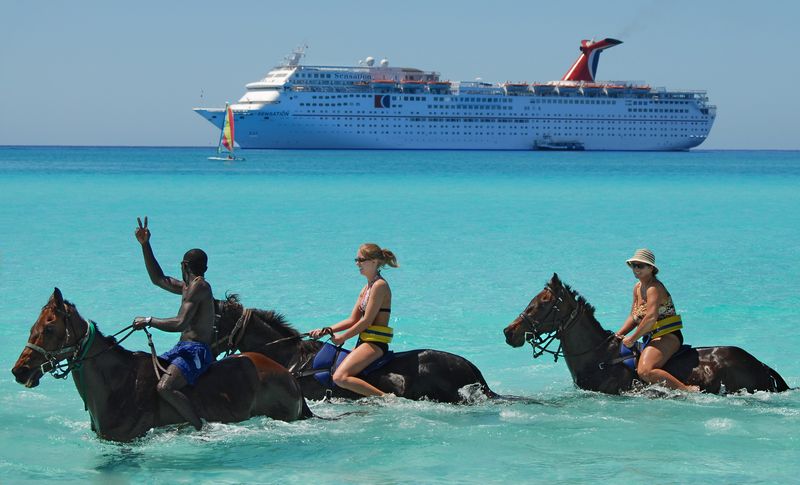
Don’t be fooled by those tempting low base fares! Cruising hits your wallet with endless extras. Specialty dining, alcoholic beverages, soda packages, internet access, shore excursions, spa treatments, and gratuities quickly double or triple your vacation cost.
Many first-timers get shocked when they see their final bill. That $699 cruise easily balloons to $2,000+ per person once you add everything up. Cruise lines have mastered the art of extracting money through constant upselling.
If you’re truly watching pennies, you’ll either miss out on many experiences or blow your budget. Those “free” activities often have hidden costs, and the constant spending temptations make sticking to a budget nearly impossible.
5. Germaphobes

Cruise ships are basically floating petri dishes. Thousands of people touch the same surfaces, breathe the same recirculated air, and eat from communal buffets. Norovirus outbreaks happen frequently enough that they make headlines several times yearly.
Hand sanitizer stations everywhere remind you of the constant threat of illness. The CDC even has a special program just for monitoring disease outbreaks on cruise ships! When sickness hits, it spreads quickly through these contained environments.
You’ll see crew members constantly cleaning, which might either reassure you or remind you why such vigilance is necessary. For someone with germaphobia, the awareness of potential contamination could turn a vacation into an anxiety-filled nightmare.
6. Food Snobs and Dietary Restriction Followers
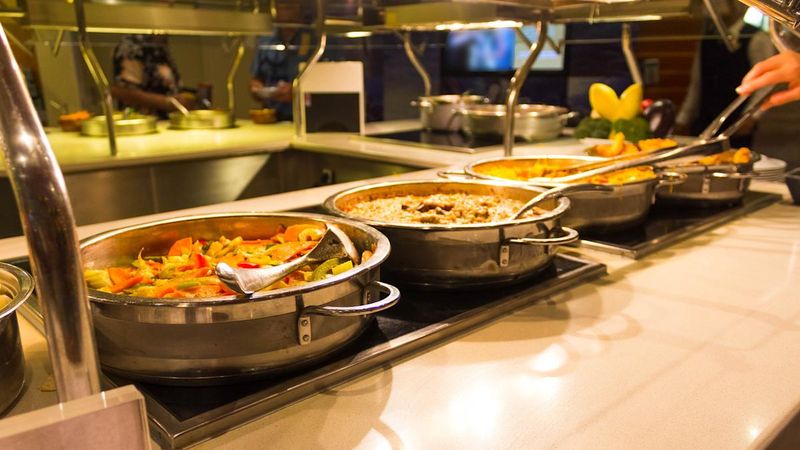
Mass-produced meals are the reality of feeding thousands daily. While cruise food has improved, it’s still institutional cooking at scale – not the farm-to-table experience foodies crave. Buffets prioritize quantity over quality, and even specialty restaurants rarely match standalone fine dining.
Those with serious dietary restrictions face greater challenges. Vegan, gluten-free, and allergen-free options exist but are limited and repetitive. Cross-contamination risks run high in busy galleys serving thousands simultaneously.
If food is a vacation highlight for you, the standardized, sometimes bland cruise offerings might disappoint. Unlike land vacations where you can research and select restaurants, on ships you’re captive to their culinary program for days.
7. Independent Travelers

Cruising means surrendering control of your schedule. Want to spend extra time exploring a charming port town? Too bad – the ship leaves precisely on schedule, with or without you. Fancy sleeping in? You’ll miss breakfast hours and possibly your port arrival.
The rigid structure extends to everything. Dinner times, shows, activities – all follow the cruise line’s timetable, not yours. Announcements interrupt your relaxation, and crowds move in predictable patterns throughout the day.
If you love crafting personalized itineraries or making spontaneous decisions, the cruise environment will feel restrictive. Unlike independent travel where you can change plans on a whim, cruises operate like clockwork, prioritizing operational efficiency over individual preferences.
8. Seasoned Destination Experts
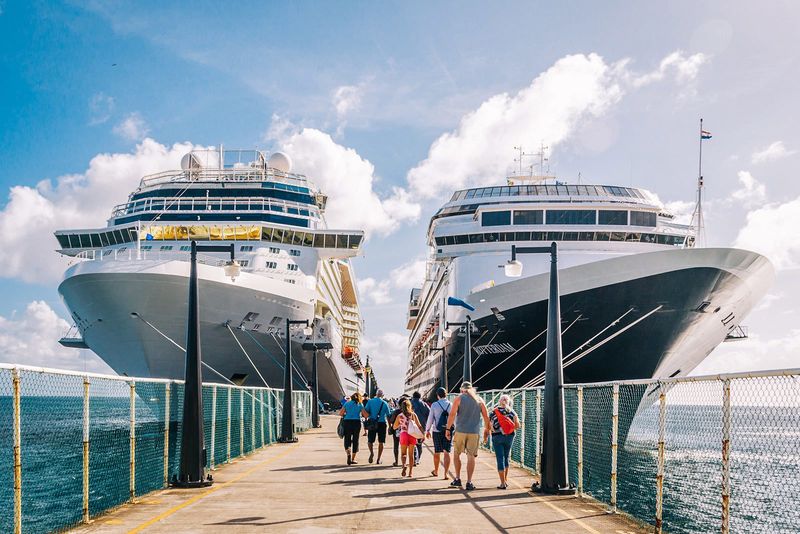
Port stops on cruises typically last just 6-8 hours – barely enough time to scratch the surface of any destination. Experienced travelers find these brief visits frustratingly superficial. You’ll arrive with thousands of other tourists, overwhelming local sites during peak hours.
The limited time forces tough choices. That authentic local restaurant? It’s too far from port. The museum you’ve always wanted to visit? No time after the morning tour. Most passengers see only the most touristy areas near the dock.
If you value deep cultural immersion or off-the-beaten-path experiences, cruise port calls will disappoint. You’ll barely get a taste of each place before being herded back aboard, watching the real destination fade away as you depart for the next abbreviated stop.
9. Digital Nomads and Work-From-Anywhere Professionals
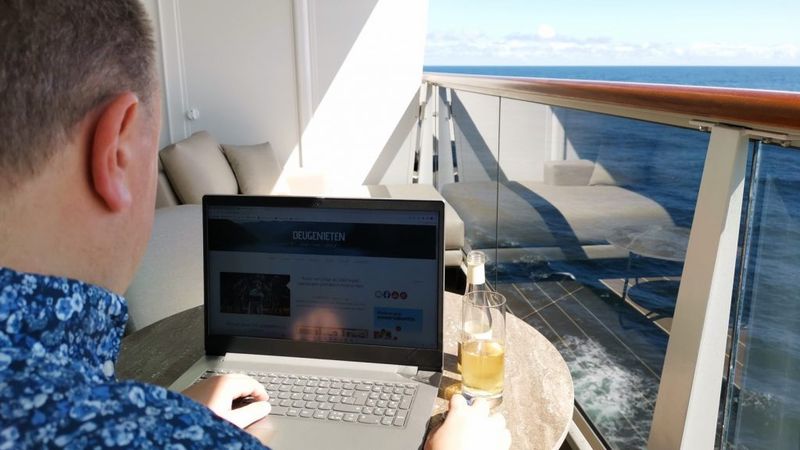
Internet access on cruise ships remains painfully slow and outrageously expensive. Packages cost $20+ daily for speeds that make 1990s dial-up seem zippy. Video calls? Forget about it. Even basic email checking becomes an exercise in patience.
Coverage drops completely when sailing between ports. Important Zoom meeting? Better hope it doesn’t coincide with your ship’s departure from land-based cell towers. The unreliable connection makes deadline-driven work nearly impossible.
Working from your cabin presents another challenge – they’re designed for sleeping, not productivity. No proper desk setup, limited outlets, and noise from neighboring cabins and corridors make concentration difficult. If you need to stay connected for work, cruising will test both your patience and your wallet.
10. Easily Bored Thrill-Seekers
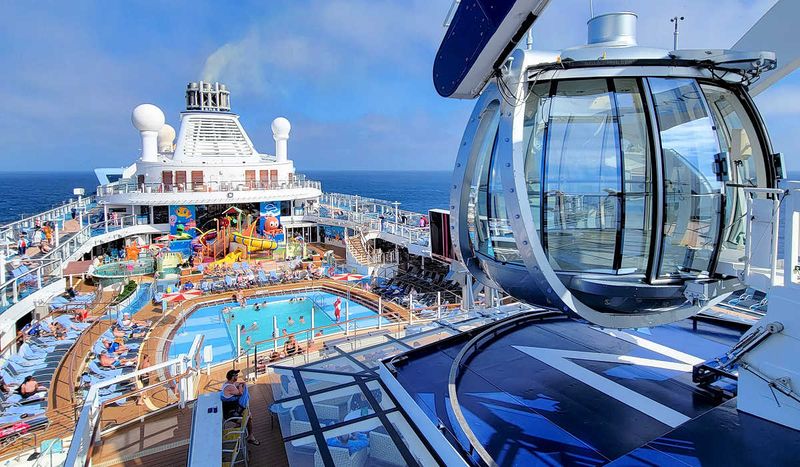
Despite waterslides and climbing walls, cruise activities quickly become repetitive. After a few days, you’ve tried everything onboard at least twice. Sea days can drag endlessly for those needing constant stimulation and new experiences.
The manufactured entertainment – cruise director games, production shows, and casino gambling – lacks the authentic adventure many thrill-seekers crave. Activities run on tight schedules, making spontaneous fun difficult. Even the largest ships become familiar territory by day three.
If you’re someone who needs constant novelty and adrenaline rushes, the controlled cruise environment might feel stifling. Unlike destinations where you can seek out local adventures daily, on a ship you’re limited to whatever pre-planned activities fit within the cruise line’s safety parameters.
11. Serious Alcoholics and Those in Recovery
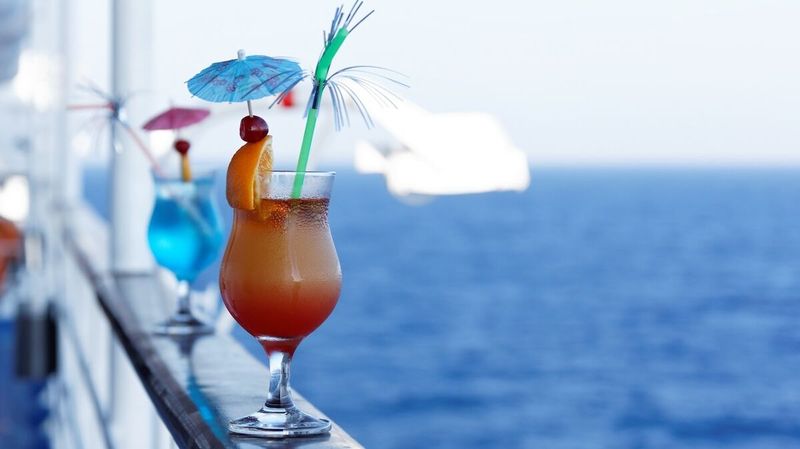
Drinking culture dominates cruise life. From morning mimosas to late-night partying, alcohol flows constantly. For recovering alcoholics, this environment presents overwhelming temptation at every turn, with bars in virtually every public space.
Those with active drinking problems face different risks. Unlimited beverage packages encourage overconsumption, and being intoxicated on a moving vessel creates dangerous situations. Medical facilities onboard have limited resources for handling alcohol poisoning or withdrawal complications.
Support resources like AA meetings exist on some ships but are limited. The vacation atmosphere normalizes heavy drinking, making it harder to maintain boundaries. For anyone struggling with alcohol issues, the cruise environment can undermine recovery efforts or exacerbate existing problems.
12. People with Serious Medical Conditions
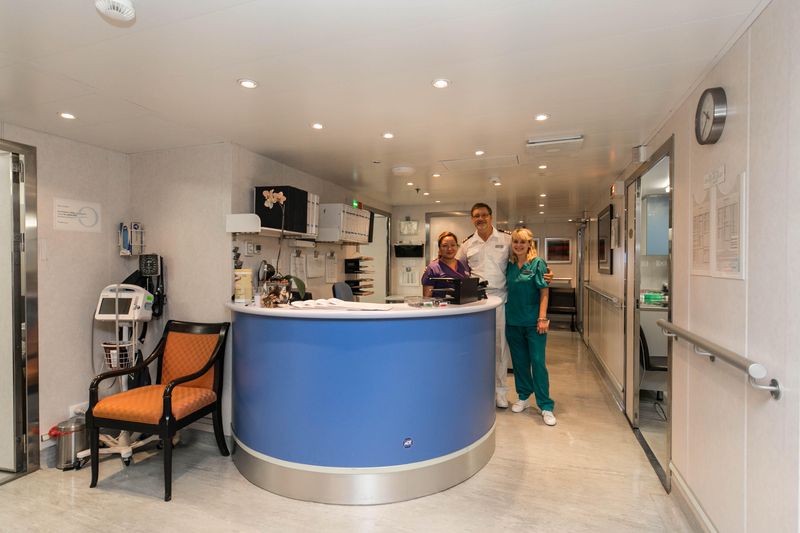
Medical facilities on cruise ships resemble basic urgent care centers, not hospitals. They handle minor issues adequately but lack specialists, advanced equipment, and resources for serious emergencies. Heart attacks, strokes, or complicated injuries require evacuation to land facilities.
Such evacuations can cost tens of thousands of dollars and take precious hours to arrange. Ships often sail far from advanced medical care, especially in remote destinations like Alaska or the Caribbean. Insurance might not cover these extraordinary expenses without specific cruise evacuation coverage.
Medication disruptions present another risk. Running out or losing prescriptions at sea creates serious problems, as ship pharmacies stock only basic medications. Those dependent on specific treatments or who might need emergency intervention should carefully consider these limitations.
13. Luxury Hotel Enthusiasts
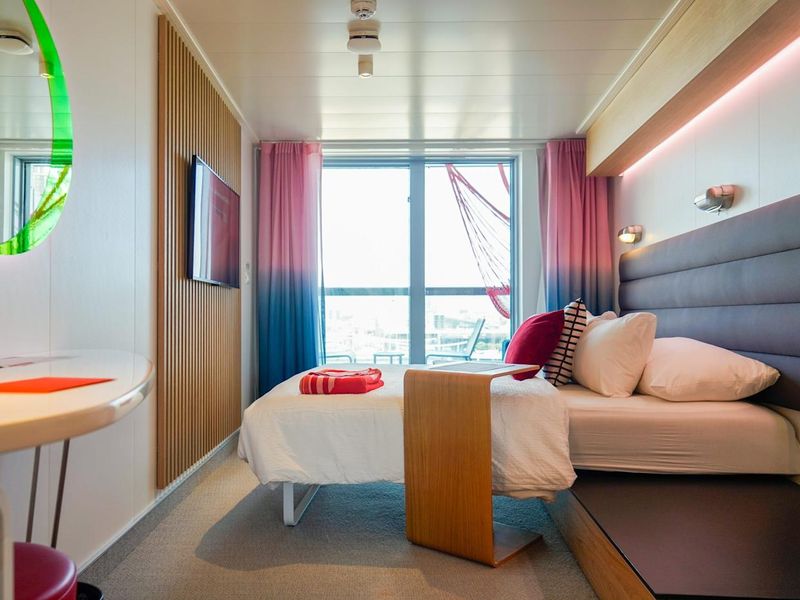
Standard cruise cabins shock those accustomed to luxury hotels. Expect compact spaces where you can barely walk around the bed, bathrooms smaller than closets, and walls thin enough to hear your neighbors’ conversations. Even suites on mainstream lines pale compared to high-end hotel rooms.
Service differs too. With thousands of guests, personalized attention becomes rare outside the most expensive cabin categories. Room attendants handle numerous cabins simultaneously, and dining staff serve hundreds each night.
Those expecting Four Seasons or Ritz-Carlton quality in accommodations, amenities, and service will face disappointment. While luxury cruise lines exist, they cost significantly more than mainstream options. If spacious accommodations and personalized service define your travel expectations, standard cruises will feel like a major downgrade.
14. Constant Connectivity Addicts

If checking social media every five minutes is your norm, cruising will induce serious withdrawal symptoms. Once the ship leaves port, your phone becomes an expensive paperweight unless you purchase the ship’s internet package – which costs a fortune for speeds that make loading simple websites frustratingly slow.
Forget streaming videos or making reliable video calls. Even sending photos to family becomes a test of patience. Many cruisers report paying for internet only to find it unusable during peak usage times.
Those dependent on constant digital connection for comfort or entertainment will struggle with this forced digital detox. While some embrace the opportunity to disconnect, others experience genuine anxiety when unable to maintain their normal online presence and communication patterns.
15. Extreme Value Shoppers

If you clip coupons and hunt for deals, cruise marketing tactics will drive you crazy. That “free” cruise? Watch how quickly it becomes expensive with port fees, taxes, gratuities, and “optional” packages that feel mandatory to enjoy the experience fully.
Onboard shops sell items at marked-up prices, not the bargains they advertise. Those port shopping “deals” recommended by the ship? Often involve kickbacks to the cruise line. Even photos taken by ship photographers come with shocking price tags.
True bargain hunters find themselves constantly saying “no” to extras or feeling ripped off when they say “yes.” The captive audience environment eliminates competition, allowing cruise lines to charge premium prices for everything from bottled water to internet access.
